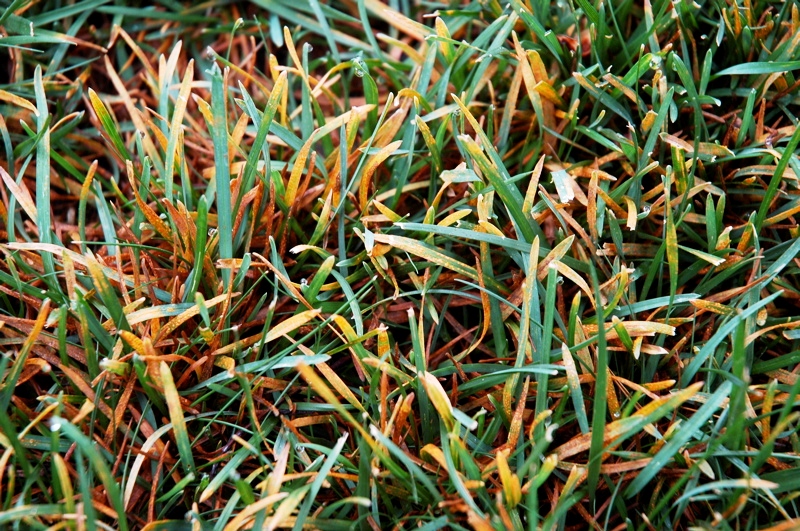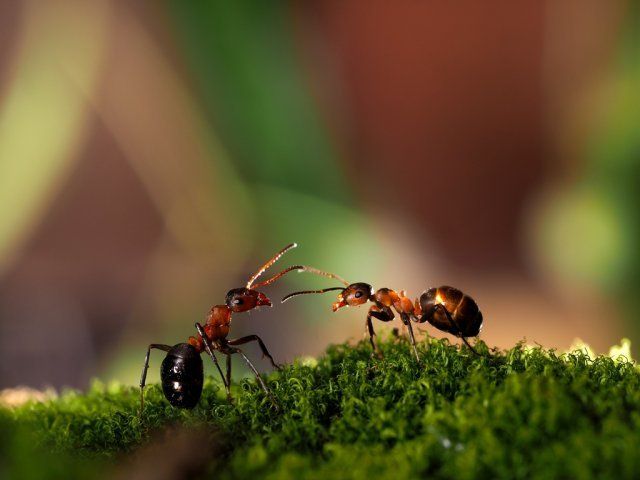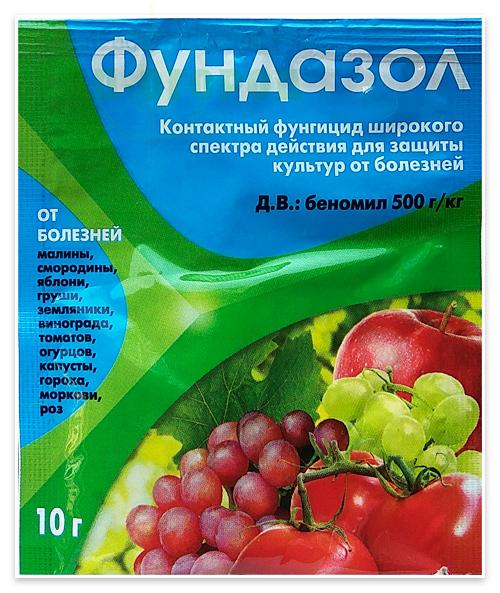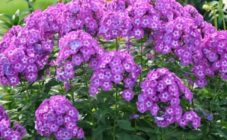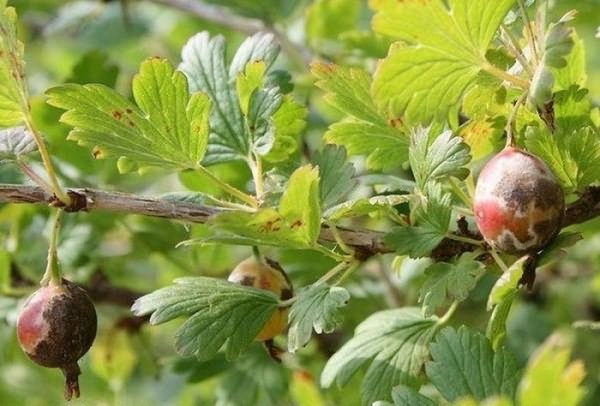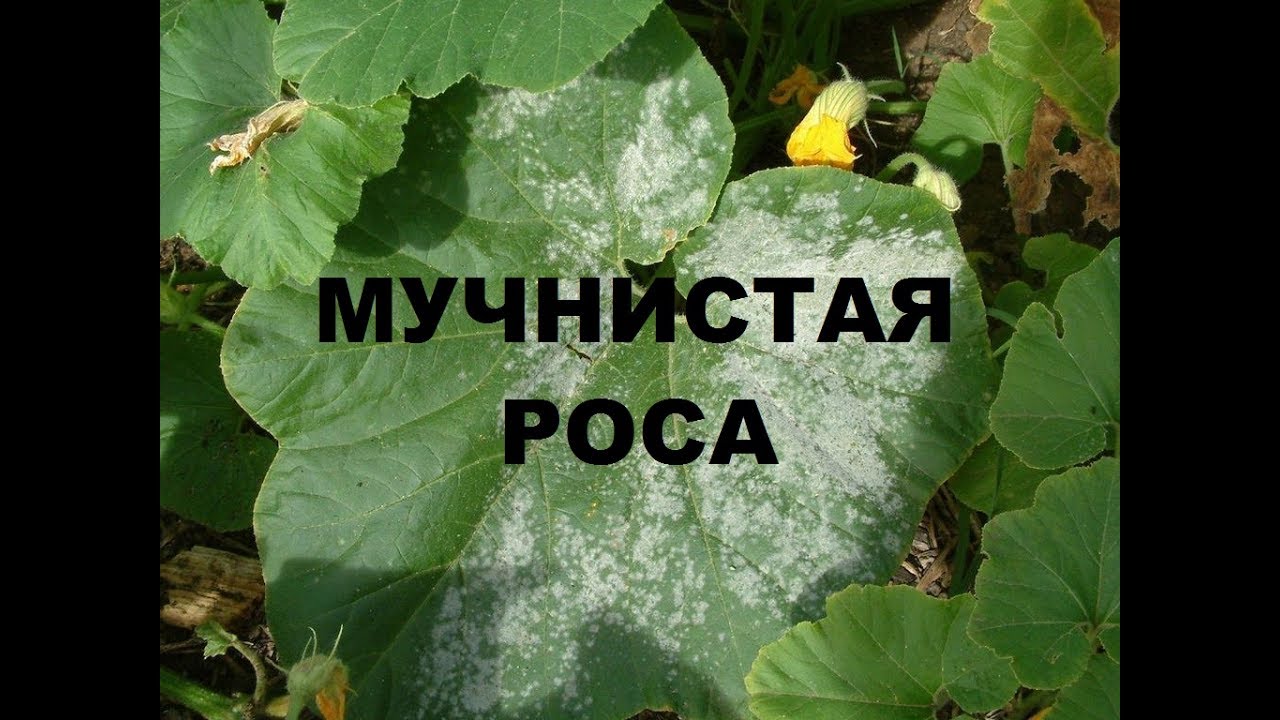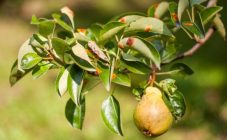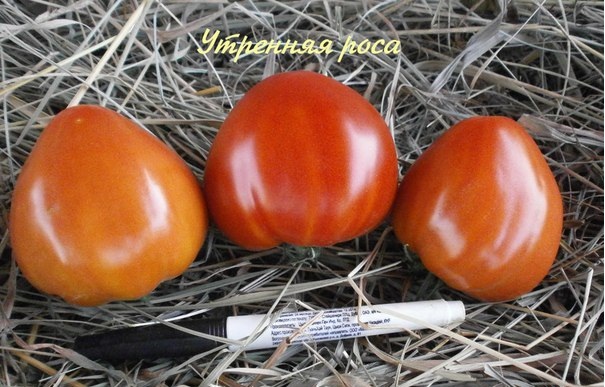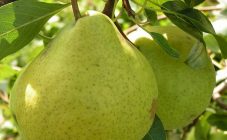Owners of a beautiful grassy carpet on their lawn have repeatedly encountered problems that hindered the healthy growth of greenery. More than once questions have arisen - how to get rid of ants on the lawn? Where does lawn rust come from and how to deal with it? What to use lawn fungicides? These and other issues should be considered in more detail.
Lawn diseases: description, types, causes of occurrence
Diseases that can affect the grass on the home lawn are systematized.
The most common lawn grass diseases:
- Powdery mildew on a lawn is a white coating on the grass that looks like powdered sugar or flour. It can occur in any conditions.
- Mold on the lawn in summer (fusarium) - the grass becomes covered with spots that look like black or gray cobwebs. The reason for the occurrence is stagnant snow after winter.
- Rust on the lawn - caused by fungi. It stands out with rusty red-brown spots on the blades of grass.
- Lawn Spots (Dollar Spot) - Appears in humid climates. Looks like partially dried out patches in the middle of healthy grass.
- Root Rot - Identified when the lawn turns yellow and is covered with round spots of various sizes. In this case, the roots become white.
- Smut is a fungal disease. The affected areas dry up, become covered with a dark, black bloom, crack, spread spores to neighboring plants.
Lawn pests:
- May beetle larvae are white worms that live in the ground and feed on roots. Able to destroy large areas.
- The larvae of centipedes are brown-gray, about 3 cm. They devour the root system of plants.
- Medvedki - they dig holes, damaging the roots and feeding on them. They make sounds similar to crickets. It lends itself best to elimination in the middle of summer.
- Caterpillars of butterflies - eat the grass cover from the first day of birth, are able to destroy huge pieces of plantings. It is better to destroy it in the spring.
- Ants - in general, do not pose a threat to the grass cover. They make the lawn look unkempt and can build an anthill that needs to be cleaned up as soon as possible.
Lawn diseases and their treatment, lawn fungicides
Only special fungicidal agents will help to cope with powdery mildew on the site: Fundazol, Maxim, Ferti-lome Systemic, Green Light broad spectrum and others. They also fight mold, spotting, rust and rot on the grass.
To obtain a 100% result, carefully study the instructions for each drug and the method of its use in each individual case.
Smut is much more difficult to cure. In addition to using a systemic fungicide, abundant watering of the entire area is required.
The main methods of preventing diseases and pests are:
- frequent aeration;
- improved drainage;
- watering in the morning;
- cleaning the surface of the grass from fallen leaves and other debris;
- frequent mowing (do not cut wet or wet grass);
- avoid darkening in places of growth;
- do not mulch with cut, removed grass;
- drainage;
- fertilization.
It is also necessary to start getting rid of insects with preventive measures - they consist in processing with chemicals in early spring. If prevention has not helped, pest control will require an integrated approach in order to completely get rid of insects and future offspring.
Lawn maintenance is a painstaking process.Often, the business is entrusted exclusively to professionals who know exactly what dangers are fraught with yellowed blades of grass or dug out lumps of earth. By reacting to little things, it is often possible to prevent the complete destruction of the lawn at home.
